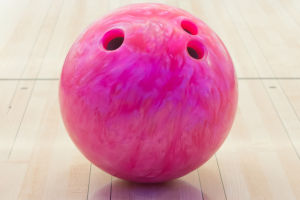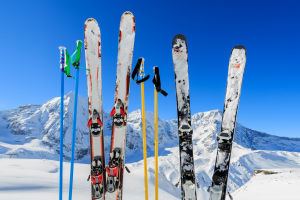Field hockey and ice hockey are two distinct sports that share similar names but have significant differences in terms of playing surface, equipment, rules, and gameplay.
One of the most obvious disparities between field hockey and ice hockey lies in their playing surfaces.
Field hockey is played on a grass or artificial turf field, typically measuring 100 yards long and 60 yards wide.
In contrast, ice hockey is played on an ice rink, enclosed by boards, and measures 200 feet long and 85 feet wide.
Equipment is another distinguishing factor between the two sports.
In field hockey, players use a stick made of wood or composite material, with a flat side and a rounded side, to hit a small, hard ball.
They wear protective gear such as shin guards, mouthguards, and sometimes gloves.
Goalkeepers have additional protective gear, including helmets, chest and leg pads, and specialized gloves.
Ice hockey players, on the other hand, use a stick with a curved blade to control a puck.
They wear extensive protective equipment, including helmets, face masks, shoulder pads, elbow pads, gloves, shin guards, and skates.
The rules and gameplay of field hockey and ice hockey also differ significantly.
In field hockey, teams consist of 11 players, including a goalkeeper, and the objective is to score goals by shooting the ball into the opponent's net.
Players must use only one side of their stick, and physical contact is limited. Ice hockey, on the other hand, is a more physical and fast-paced game.
Teams consist of six players, including a goaltender, and the objective is to score goals by shooting the puck into the opponent's net.
Players can use both sides of their stick and engage in physical contact to gain possession of the puck.
Ice hockey also allows for line changes during play, while field hockey typically only allows substitutions during stoppages.
The strategies employed in field hockey and ice hockey also differ due to the nature of their playing surfaces.
In field hockey, players must rely on precise passing, ball control, and positional play to create scoring opportunities.
The larger field requires players to cover more ground and make strategic decisions to maintain possession and create space.
In ice hockey, the smaller playing surface and the fast-paced nature of the game demand quick transitions, rapid puck movement, and strong physical play.
Players must adapt to the changing dynamics of the game and make split-second decisions.
Furthermore, the popularity and cultural significance of field hockey and ice hockey vary across different regions.
Field hockey is widely popular in countries like India, the Netherlands, and Australia, where it is considered a national sport.
Ice hockey, on the other hand, is most popular in countries such as Canada, the United States, and Sweden, where it is deeply ingrained in the culture and enjoys a large following.
In conclusion, while field hockey and ice hockey share similar names, they are distinct sports with notable differences in playing surface, equipment, rules, and gameplay.


